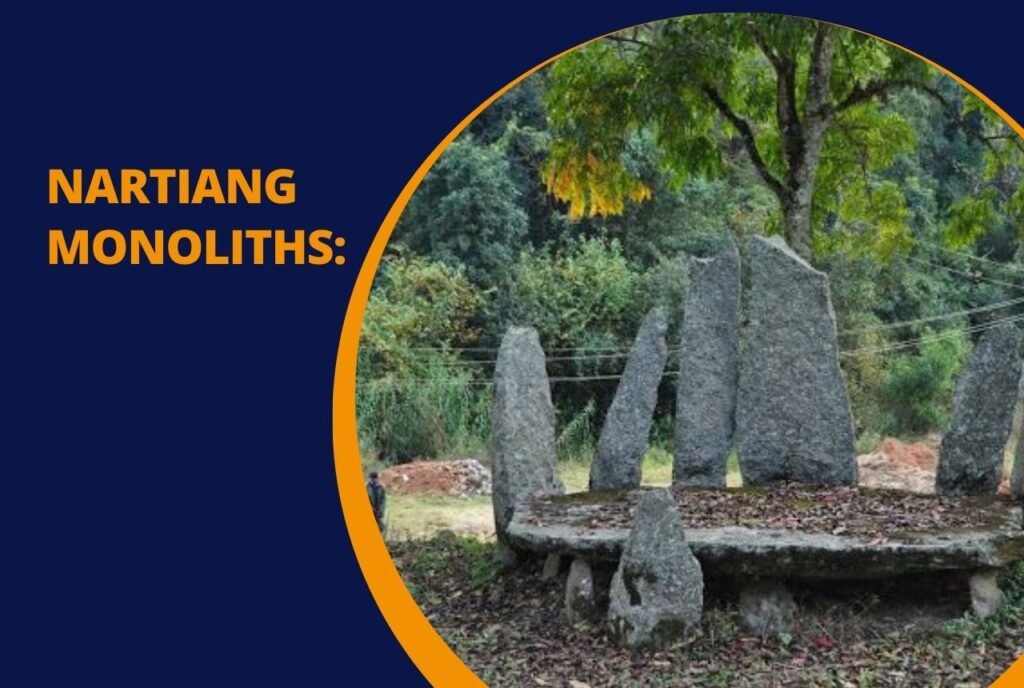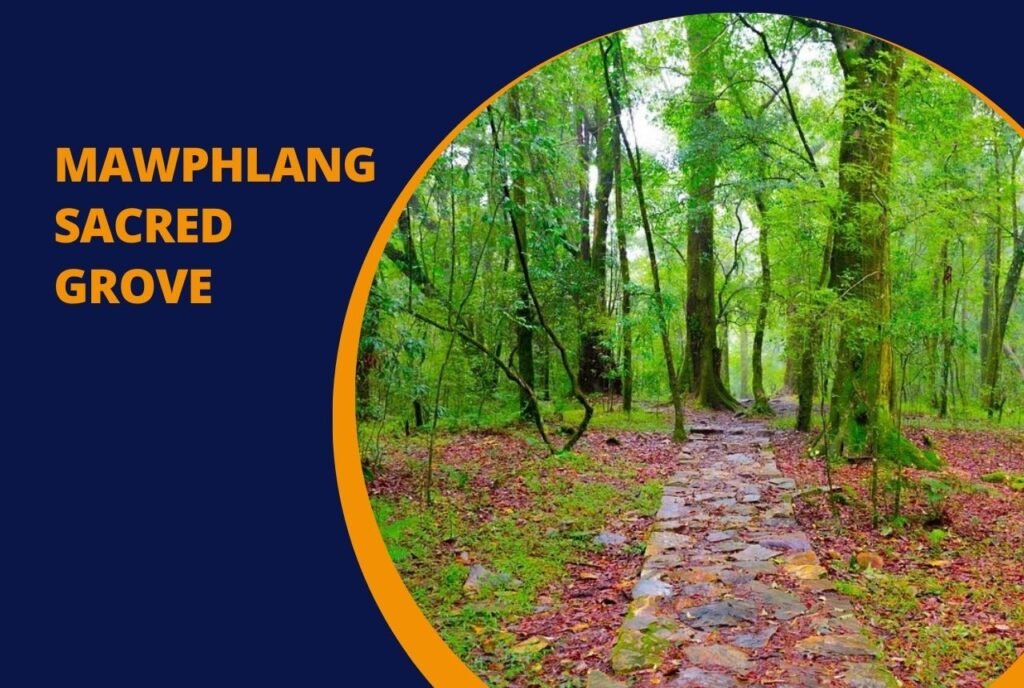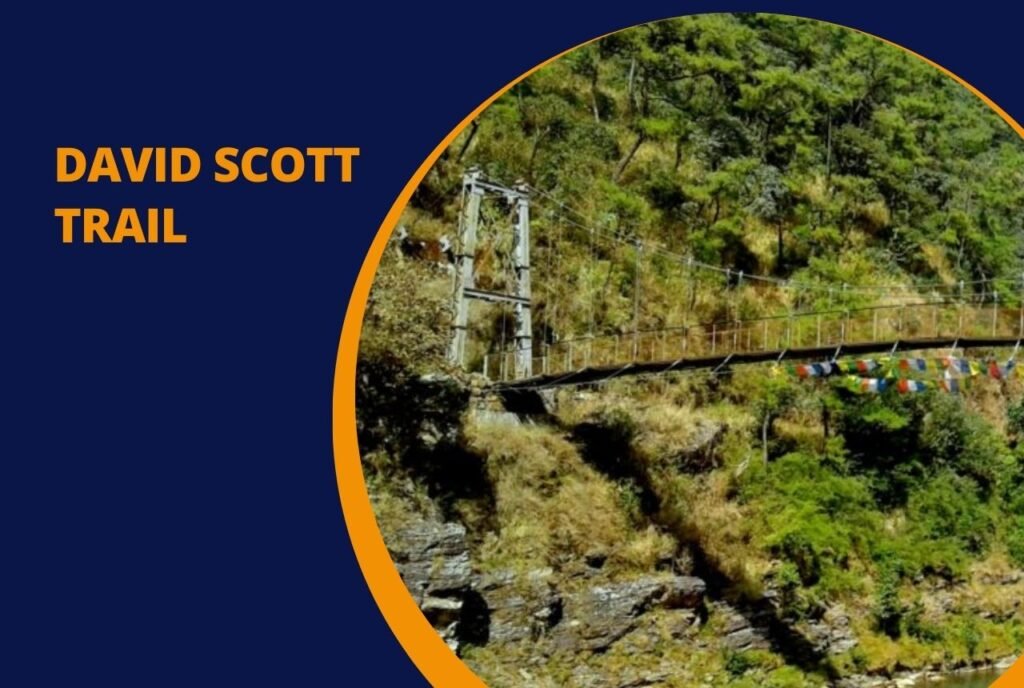Meghalaya, known as the “abode of clouds,” is a land of natural wonder, with its lush hills, cascading waterfalls, and vibrant flora. But beyond its breathtaking landscapes lies a rich historical tapestry shaped by centuries of tradition, tribal kingdoms, and colonial encounters.
The state is home to the Khasi, Jaintia, and Garo tribes, each with unique stories and cultural legacies that have been preserved in the region’s historical sites and monuments in Meghalaya.
This article takes you on a journey through seven of the most significant historical sites and monuments in Meghalaya, each reflecting the state’s deep-rooted cultural and historical significance.
Unveiling the Historical Significance of Meghalaya: Sites and Monuments That Tell a Story
Meghalaya’s history spans from the Neolithic period to the colonial era, with ancient tribal kingdoms, megalithic structures, and memorials marking key moments in the region’s evolution. These historical sites and monuments in Meghalaya are not only architectural wonders but also repositories of stories and legends, offering insights into the lives, beliefs, and struggles of its people.
Visiting these sites provides a unique opportunity to connect with Meghalaya’s past, understand its tribal traditions, and appreciate the region’s enduring cultural pride. Best explored between October and April, these sites offer an enriching experience for those interested in history, culture, and heritage.
7 Must-Visit Historical Sites and Monuments in Meghalaya
1. Nartiang Monoliths: Explore Meghalaya’s Ancient Megalithic Legacy
The Nartiang Monoliths, located in the Jaintia Hills, are some of the most important historical sites and monuments in Meghalaya. These massive megalithic structures, believed to be 400-500 years old, were erected by the Jaintia people to commemorate their rulers and warriors. The arrangement and size of the stones highlight the region’s ancient traditions and cultural practices.

Visitor Information:
- Entry Fee: Free
- Timings: 8:00 AM to 6:00 PM
- Accessibility: Easily accessible from Jowai
2. Stone Memorial of U-Maw Thodur-Briew, Nartiang: A Tribute to a Legendary King
Situated in West Jaintia Hills, the Stone Memorial of U-Maw Thodur-Briew is a significant tribute to the legendary Jaintia king. The monument’s intricate design reflects the respect the local community holds for their ancestral leaders, with its architectural style offering a glimpse into the region’s rich tribal heritage.

Visitor Information:
- Entry Fee: None
- Timings: Open during daylight hours
- Best Time to Visit: November to March
3. Mawphlang Sacred Grove: A Sacred Sanctuary of Spiritual and Cultural Heritage
In East Khasi Hills, the Mawphlang Sacred Grove is both a natural and historical gem. This protected forest has been the site of sacred rituals for centuries, preserving ancient Khasi beliefs and traditions. The grove’s biodiversity further enhances its cultural and ecological significance.

Visitor Information:
- Entry Fee: ₹20 (Indian), ₹50 (foreigners)
- Timings: 9:00 AM to 4:00 PM
- Guided Tours: Available for deeper insight
4. David Scott Trail: A Historical Trek Through Colonial Meghalaya
The David Scott Trail, named after the British officer, is a historical trekking route that takes you through colonial-era remnants and scenic landscapes. This trail once connected Assam to Bangladesh and is a unique way to explore the colonial history of Meghalaya.

Visitor Information:
- Trail Length: 16 km
- Trek Duration: 4-5 hours
- Best Season: October to April
5. Manipur Memorial, Shillong: Honoring the Heroes of the Anglo-Manipur War
Located in Shillong, the Manipur Memorial commemorates the resistance of the Manipuri princes during the Anglo-Manipur War of 1891. The memorial stands as a symbol of the region’s resistance against British colonialism and offers a chance to reflect on the struggles for independence.

Visitor Information:
- Timings: 9:00 AM to 5:00 PM
- Location: Near Shillong Civil Hospital
6. Kiang Nongbah Monument: A Symbol of Resistance and Sacrifice
The Kiang Nongbah Monument, situated near the Myntdu River, honors the Jaintia patriot who led a resistance movement against British colonial forces. His martyrdom in 1862 is commemorated by this monument, which serves as a powerful reminder of the sacrifices made by local heroes.

Visitor Information:
- Entry Fee: Free
- Nearby Attractions: Jowai town and Tyrshi Falls
7. Mairang Presbyterian Church: Blending Khasi and Colonial Architecture
The Mairang Presbyterian Church, located in the West Khasi Hills, is a historical landmark that reflects the blending of traditional Khasi and colonial architectural styles. Established by Welsh missionaries in the 19th century, this church played a vital role in the social and educational development of the region.

Visitor Information:
- Timings: 9:00 AM to 5:00 PM
- Respectful Practices: Modest dress and quiet conduct recommended
Planning Your Visit to Historical Sites and Monuments in Meghalaya
For the best experience, consider planning a week-long trip that includes all seven historical sites and monuments in Meghalaya. Starting in Shillong, explore the city’s colonial history before moving towards Jaintia Hills and visiting the Nartiang Monoliths and other memorials. The Mawphlang Sacred Grove and the David Scott Trail can be explored as day trips.
The ideal time to visit is between October and April, avoiding the monsoon season. Hiring a local guide is recommended for a deeper understanding of the cultural context and historical significance of each site.
Where to Stay: Best Accommodation for Historical Tourists
If you’re traveling from Assam, Vishwaratna Hotel in Guwahati is a great choice. It offers comfortable rooms, modern amenities, and is conveniently located near Guwahati Railway Station and the airport. The hotel’s restaurant, Jharna, serves both local and international cuisine.
In Meghalaya, options range from budget homestays to luxury hotels in Shillong, Jowai, and other towns. The variety of accommodations ensures a comfortable stay for all types of travelers.
Conclusion: Embrace the Rich Historical Legacy of Meghalaya
Meghalaya’s historical sites and monuments are windows into the state’s cultural and colonial past. They serve as crucial links to the traditions, struggles, and resilience of its people. By visiting these remarkable sites, you not only uncover the region’s history but also contribute to the preservation of its cultural heritage.
Experience the unique blend of history, culture, and nature by exploring the historical sites and monuments in Meghalaya. The journey through time promises to be a truly enriching one.


